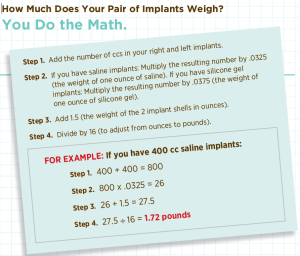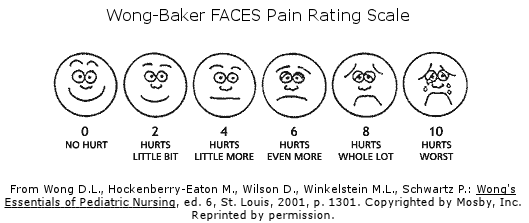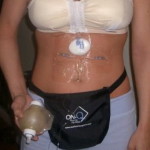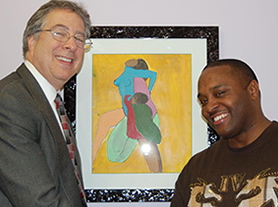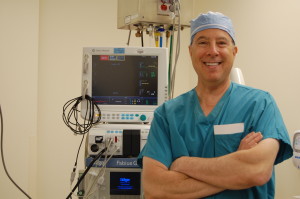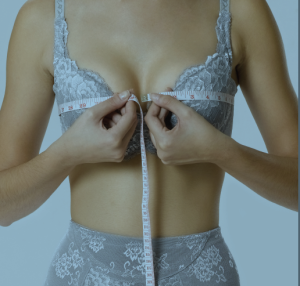Why did you decide to get breast implants?
Guest blog by Cara McCollum, Miss New Jersey 2013
I remember the first time I was really aware of breasts: I was 8 or 9 and at a church yard sale where I found gel cutlets for sale. They had probably belonged to a church member who had had a mastectomy, but I put them in my shirt and thought, So this is what it’s going to be like.
Growing up, it seems like I was always waiting for my boobs to develop. My friends and I all got our first trainer bras, but before long they were graduating to real bras and I was still stuck in training. Seems like I’ve spent my whole life training to have boobs! I kept waiting and waiting for them to grow and it just never happened.
I started considering a boob job when I was in high school and brought it up so frequently that my dad had to ban any talk of tits from the dinner table. My clothes didn’t fit properly, and I would only wear bras that added two cup sizes.
I’ve always been self-conscious about my breasts, but competing in pageants just seemed to highlight a fact that I already knew: I was flat. It seemed like I had to try so much harder to look good in my wardrobe – sewing in large foams pads to the cups of my swimsuit and evening gown, and drawing in cleavage and shadows with dark eye shadow. When I got fitted for my Miss America evening gown, the designer had to measure from my shoulder to my waist in the front and then in the back. He did it three times because he couldn’t believe that they were the same measurement, “Either you have a humpback, or you’re really as flat as you said!” he told me.
Miss America is, above all, a competition, and it was impossible not to compare myself to the other girls. Plastic surgery is something we don’t really talk about, but it was everywhere. And it’s wild to think that I was one of those girls prancing around on national television in my swimsuit and heels making women at home feel bad about their bodies, and yet I was just as insecure!
Several months after Miss America, I decided to do something about it – not because of the competition, not because of the pressures placed on pageant girls to look a certain way, but because I wanted to feel beautiful underneath my clothes without the pads and the pushups and the eye shadow.
I came across Dr. Eisenberg on the radio. After hearing his commercial for the fourth time I thought, I have to check this guy out. I was drawn to him because he truly is an expert in his field. He only does breast augmentation. It took one consultation for me to know that he was the doctor for me. I walked in as a 22-year-old girl nervous about making such a big decision, but his level of professionalism immediately put me at ease and he earned my trust with his depth of knowledge and experience with breast augmentation
I remember being anxious about the breast implant surgery, as anyone would be, but I never think of that now that I have my new breasts. The surgery was easy, the recovery was easy (I began making appearances again just five days later), and I could not be more pleased with the results.
No one has questioned why I decided to get breast augmentation surgery; one look at my new body and how happy I am gives them the answer. My close girlfriends are jealous of my new boobs, but for the most part, I look similar in clothes to how I did before – only now I’m not hiding behind two cup sizes of padding. I look as good underneath my clothes as I do in them, and I feel even better.
Breast augmentation isn’t some magic cure-all that instantly fixes all of your insecurities, but it does make you feel better in your clothes – and without them – and that has done wonders for my confidence.




